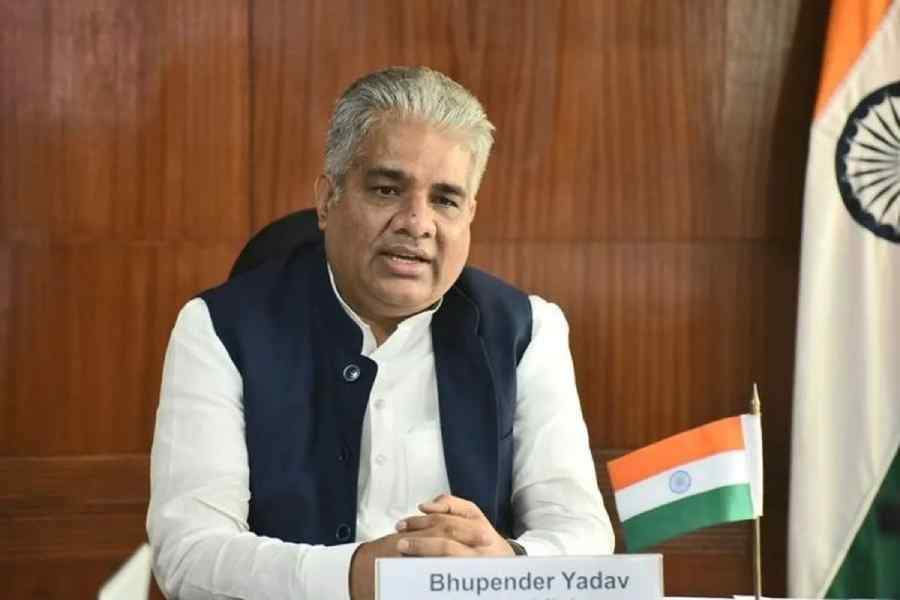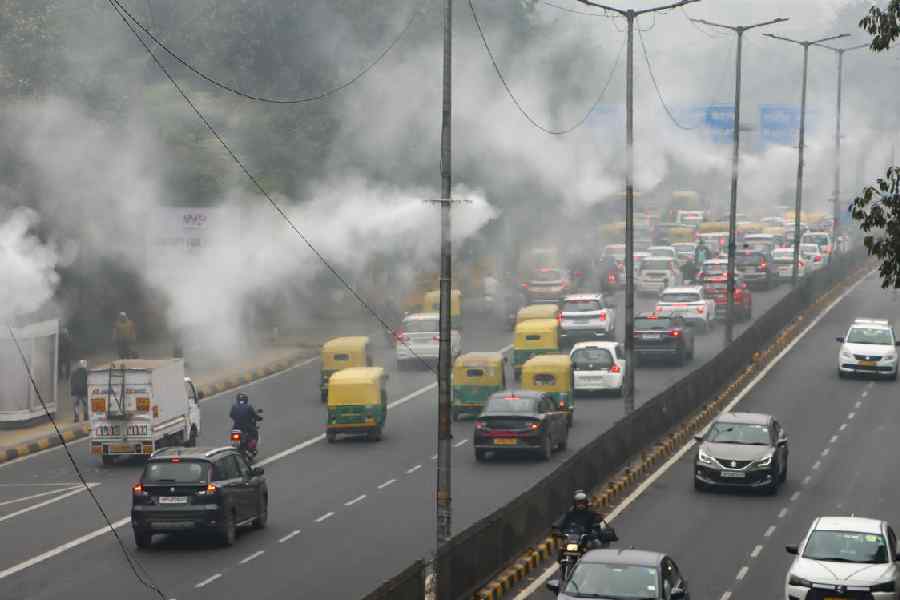 |
| Number game |
Patna, May 16: Tiger reserves in the country have been directed to conduct tiger count on their own every year.
No longer do we have to wait for the once-in-four-years exercise of tiger census to know the actual number of big cats in the country’s reserves.
“During a recently convened meeting of the National Tiger Conservation Authority (NTCA) we were informed about the new norm,” Valmiki Tiger Reserve (VTR) director J.P. Gupta told The Telegraph.
According to the directive, the country’s 39 tiger reserves and the two new ones, approval for which was given recently, would use camera traps for the annual exercise, which would start in November and continue till May.
NTCA would provide financial assistance to the reserves for the annual count. The reserves, which do not have the expertise to conduct the census and would engage specialised agencies for the purpose, would also be provided financial help.
In Bihar, after receiving the mandate, VTR officials have started preparations to mobilise resources to prevent problems while conducting the exercise.
Gupta said: “We have 30 camera traps in place. We will demand additional funds from NTCA to purchase more camera traps for the annual exercise.”
He added services of the Wildlife Trust of India (WTI) is likely to be engaged to conduct the census, as the VTR does not have sufficient number of camera traps required to cover all nine ranges of the reserve. “Our long-term goal is to have 60 camera traps and train our personnel to use these traps for conducting the census work,” Gupta said.
WTI has conducted camera trap work in VTR in the past. Its services were brought in during the latest round of tiger census during which camera trapping work started in November 2009. The work continued till May last year.
The results were encouraging as pictures of as many as eight tigers were captured during the exercise. However, during this round, camera trap survey could not be conducted at Chiutaha and Madanpur ranges of the reserve. This year that will change, as all the eight ranges of the reserve would be covered.
Terming it a very positive development, WTI assistant manager Samir Kumar Sinha said: “The annual exercise would help in keeping track of the number of tigers and would also allow the reserve officials to devise special protection strategies in areas where movement of tigers would be more frequent.”
Sinha, who has been working in VTR for the past seven years, has played an active role in conducting camera trap work during the previous tiger census.
This annual exercise would, however, not replace the quadrennial exercise of ascertaining tiger count. The results of the quadrennial exercise would be given on the basis of landscapes in which the tiger reserves of the country are situated.
There are broadly five landscapes where tiger reserves are situated in the country — the Shivalik Gangetic plane, the north-eastern Himalayan region, Sunderbans, Western Ghats and central India and Eastern Ghats.











